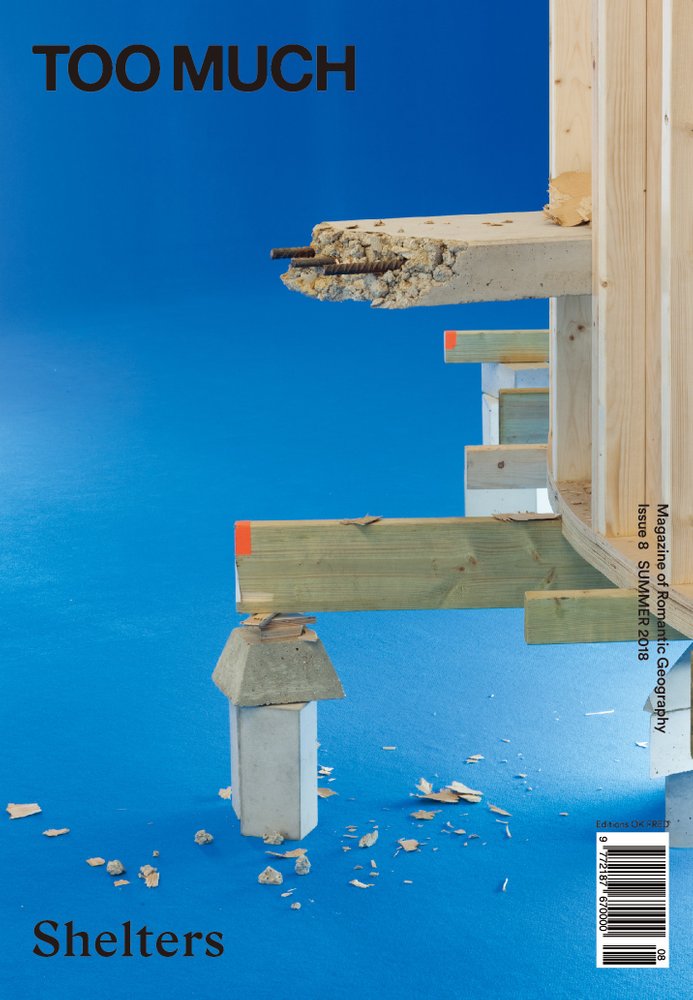 For Audrey Fondecave, one of the editors of Too Much magazine, design cannot be separated from content in the creation of a compelling experience. As we learn from her interview with Stack founder Steven Watson, the physical print experience is an important part of what she and her team create.
For Audrey Fondecave, one of the editors of Too Much magazine, design cannot be separated from content in the creation of a compelling experience. As we learn from her interview with Stack founder Steven Watson, the physical print experience is an important part of what she and her team create.
“I think it’s really interesting that this magazine about physical spaces and our understanding of them needs to be itself a physical object,” Fondecave said to Stack.
Her team feels that Too Much just wouldn’t work as something that lives on the internet, a sentiment Watson echoes, saying “it needs to be a real tangible thing that you can burn or sell or rip it to shreds.”
Too Much, a magazine about “romantic geography,” is ostensibly about the community spaces we create and occupy. “Basically we talk about architecture, art and the evolution of both in cities in a tone that’s usually very human and poetic, rather than technical or cold,” Fondecave explains.
It’s also important, she continues, that these “very conceptual stories need to intrigue and entertain readers in their own right.” As she says, “design cannot make a boring magazine interesting.”
Their editorial team is comprised of not just professional writers, but local writers with a particular passion for their place, and professional architects and artists with a specific point of view.
For example, a recent issue featured Japanese architect Shigeru Ban who designs emergency shelters out of paper for use in disaster areas and crisis situations. His “pop up cities” appeared in Kobe after the massive earthquake there, and in Africa to provide housing that’s inexpensive and easy to assemble.
“It’s a real concrete example of what architecture can do outside of the work of architects, per se,” Fondecave says.
As Watson notes, it’s a “perfect Too Much story, because the pictures look fantastic; it’s really quite romantic and lovely idea, this idea of building a house from paper. But it’s also real. It’s actually a thing that people can use to help them in their lives.”
This idea of art and architecture is not only beautiful but useful is a theme throughout the magazine.
“It’s really interesting [the way Ban explains] what it means to be an architect,” says Fondecave. “Is it just to build houses and buildings that will be featured in a magazine, or really making some meaningful building for society?”
I see a lot of parallels with choosing to create something in print rather than online. Are we looking for that “feature placement” of content that will get “seen,” or rather are we striving to create something of tangible value that people can use in real life? For its part, Too Much is the essence of “why print” in a world of digital content.
